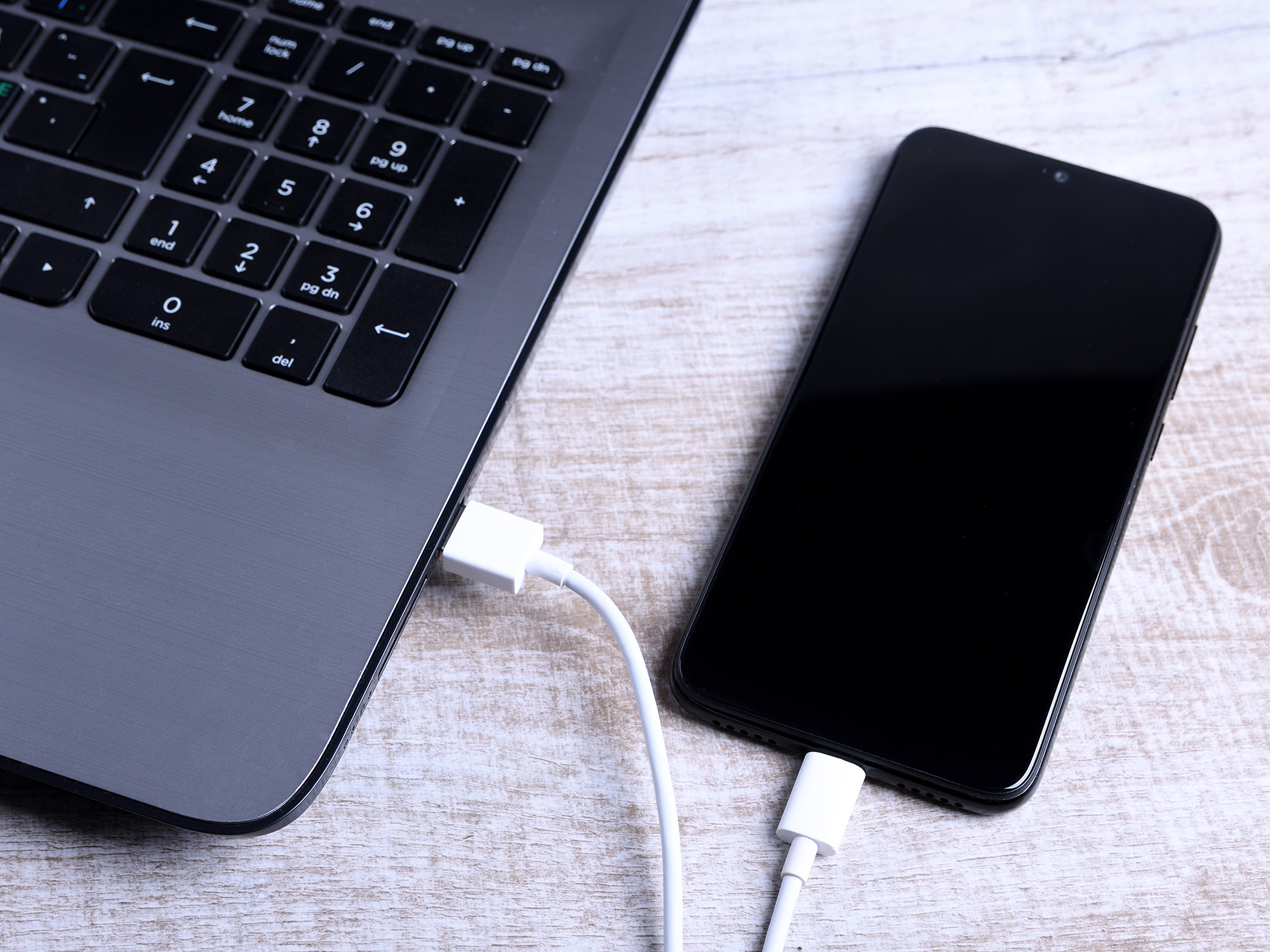

Transferring files directly between your computer and your Android phone is annoying. Whether you want to add custom ringtones, organize your photos, or quickly delete files taking up too much space, the process involves connecting both devices through a cable, changing security settings on your phone, and more likely than not, being confused when the phone doesn’t show up in the file browser for some reason. And then, inevitably, the cable disconnects and you have to go through the entire setup process all over again.
Luckily, you can save yourself all that trouble and set up a File Transfer Protocol (FTP) server on your Android phone, instead. This sounds techy, but it’s actually simple—with an FTP, any computer (Windows, macOS, or Linux) on your WiFi network will be able to easily access the files on your phone without any cables. That way, next time you need to transfer files, you can do it easily just by moving documents from one folder to another.
This is particularly useful if you’re not a big fan of the cloud.
Hot to set up an FTP server on Android
First of all, you’ll need to set up the FTP server on your phone. The easiest free way to do this is by downloading the WiFi FTP Server app on Google Play, which is free with ads (you can also pay $1 to go ad-free if that’s a problem). If you know your stuff, you can quickly start an FTP server by opening the app and tapping the Start button, but if you’re not sure what you’re doing, I suggest you head to Settings.
Start by disabling anonymous access and setting up a user ID and password. This will make it so that people can only access the files on your phone with these credentials. Continue by checking Use FTPS. This option provides an extra layer of security and ensures that all your transfers are encrypted, which means that even if someone breaks into your network, they won’t be able to see what files you’re transferring. This probably doesn’t matter much if you’re only going to use it at home, but it’s nice to have if you ever have guests over or one of your neighbors cracks your credentials.
[Related: Wireless sharing with Apple, Android, and Windows devices made easy]
With that out of the way, go back to the main menu of the app and tap Start.
The next screen will show you all of the information you need to log in from another device. We’ll break it down for you: Server URL is the local address of your server, which you can think of as similar to a website URL. You’ll need this to tell your computer where to go fetch files. Userid and password are the credentials you chose earlier—you’ll need them to transfer files from another gadget. If turned on, Anonymous access allows users to access your phone through the network with no credentials. Enabling it is simpler but certainly less secure, so do it at your own risk. Finally, Root folder is the folder on your Android phone you’ll be able to access through other devices in your network. By default, this is set to the entire internal memory of the gadget, but you can change it so that you’re only sharing a particular folder while keeping the rest of your phone off-limits.
How to access the FTP server from your computer
Your phone is now sharing files over the local WiFi network, meaning you can access those files on any device that’s also connected to it. To do this, you will need a file browser, also known as an FTP client.
There are many great FTP clients out there but we recommend Cyberduck (available for macOS and Windows), as it’s beginner-friendly. This program is open source, which generally means it’s known to be secure, and also very easy to use. Download, install, and open Cyberduck, and on the main menu click on Open Connection. Use the emerging window to enter the information you see on your phone.
[Related: How to share huge files online]
For Server, type the numbers and decimal points under Server URL on your phone—but only up to the colon. Type the numbers after it in the Port field instead. It’s a little confusing but take the screenshot above as a reference. Continue by entering your username and password and click Connect. You can now explore your phone files from your computer.
You can now click and drag files from and to your handheld device and easily delete whatever documents you want. When you’re done, turn off the FTP server—just open the app again and tap Stop. This will also prevent the server from draining your battery.
